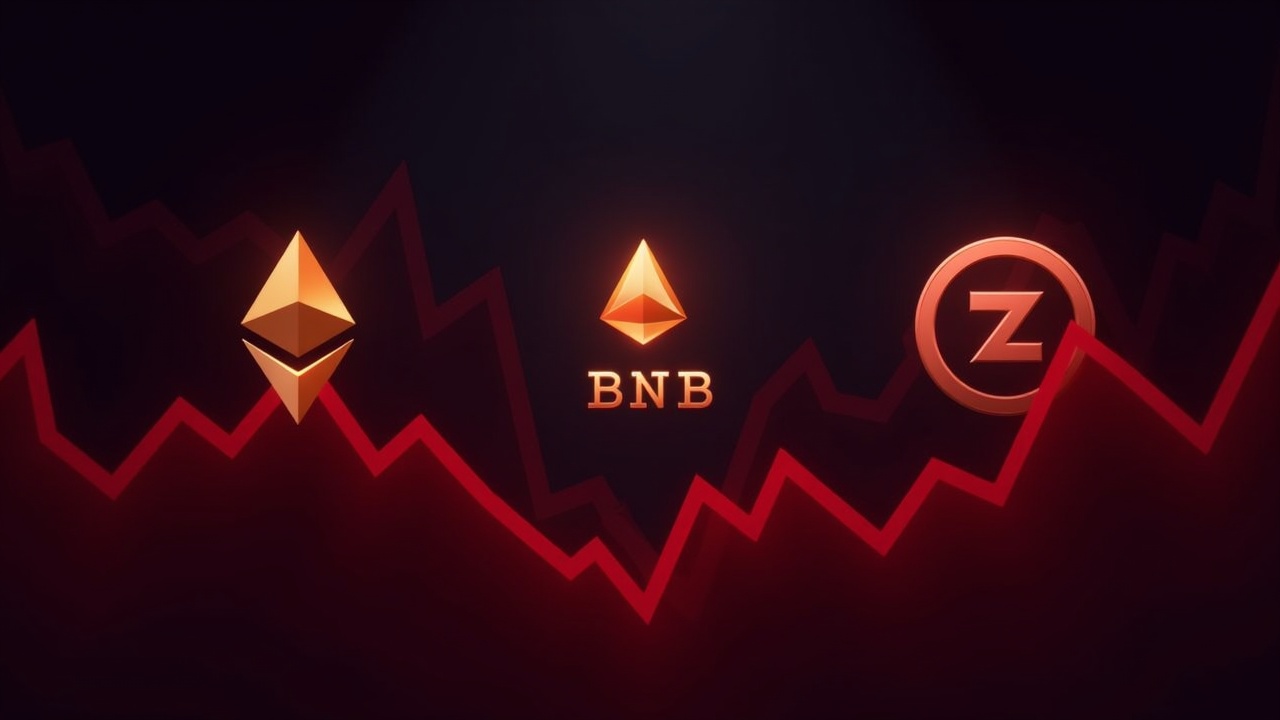The altcoin market is navigating a fragile recovery in the last week of October 2025 after a historic liquidation event on October 10-11 erased over $19 billion from the market and caused dozens of tokens to plummet between 40% and 70%.
A Historic Market Shock
The cascade was triggered by a confluence of a major macroeconomic shock and underlying market fragility. The immediate catalyst was an escalation in US-China trade tensions, which sparked a global risk-off sentiment. However, the scale of the crash was amplified by systemic issues within the crypto market itself.
A critical vulnerability was a flaw in the collateral system of a major exchange, which allowed certain assets to be overvalued based on internal prices rather than external market data. When prices began to fall, this collateral devalued rapidly, triggering a massive wave of forced liquidations.
Beneath this, the market was already overheated. The altcoin Open Interest (OI) dominance ratio had climbed above 1.4, a recognized danger level indicating that speculative futures contracts were overcrowded and the market was ripe for a correction. This excessive leverage created a tinderbox that ignited the moment geopolitical fears emerged.

The Path to a Fragile Recovery
In the aftermath, the market has shown signs of a tentative rebound, with Bitcoin reclaiming the $111,000 level and Ethereum moving back above $4,000. However, underlying fragility persists.
While the liquidation flush reset systemic leverage from a precarious ~7% to a healthier sub-4%, providing a more stable foundation, the timing of a full recovery remains uncertain. For a sustained altcoin recovery to take hold, analysts point to two key factors: Bitcoin needs to regain its upward momentum to improve overall market liquidity, and the altcoin OI-dominance ratio must avoid climbing back into the danger zone above 1.4.
The final week of October 2025 boils down to a simple equation: monitor the return of leverage and the stability of open contracts. If these figures creep up too quickly, the risk of a new cascade of forced sales remains. If they stay flat, the market has a much better chance of building a solid floor for its recovery.


